By using this site, you agree with our use of cookies. Click Accept and Continue to accept cookies or click on Manage Cookies to choose whether to accept certain cookies while on the site. You can also read our updated Privacy Policy and Cookie Policy.

PEKANA expert group login
PEKANA expert group login
Naturopathy is an experiential medicine. As a manufacturer of homeopathic-spagyric medicines, we therefore attach particular importance to sharing our experience with you. In the Professional Circles section you will find inspiring information and valuable services especially for doctors, pharmacists and therapists.
Naturopathy is an experiential medicine. As a manufacturer of homeopathic-spagyric medicines, we therefore attach particular importance to sharing our experience with you. In the Professional Circles section you will find inspiring information and valuable services especially for doctors, pharmacists and therapists.


Health & thinking ahead
Our attitude
Spagyrik & Homeopathy

Our product range
Our product range
Product Search

Pekana
About PEKANA
Magazine
Quality standards
Contact
Conditions
Data Privacy
Imprint
PEKANA Naturheilmittel GmbH
Raiffeisenstraße 15
D-88353 Kißlegg
Telephone +49 (0) 75 63 9 11 60
Fax +49 (0) 75 63 28 62
info@pekana.com



